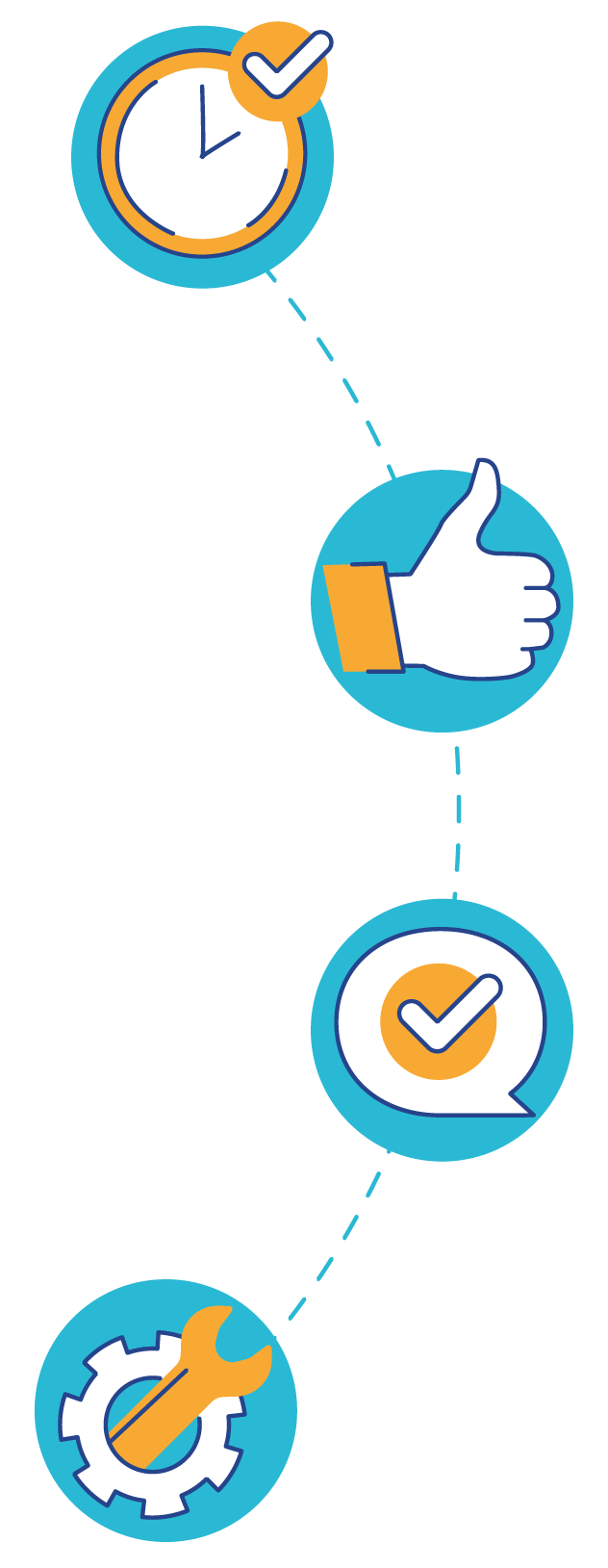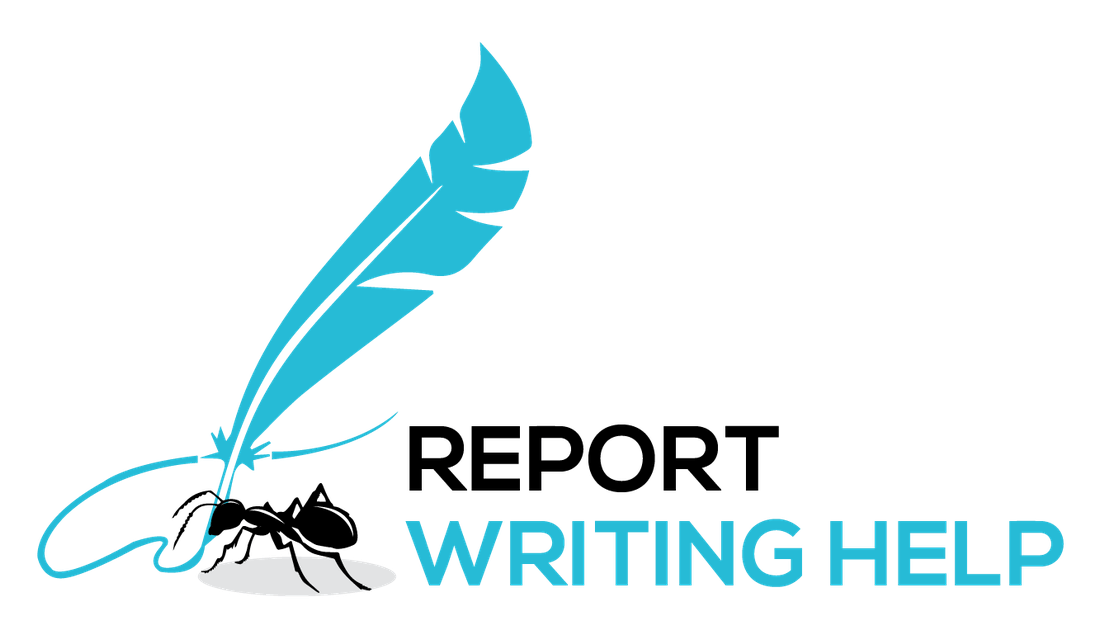
Analytical Report Writing Help for Perfect Grades!
Is your report of a more chaotic puzzle than a detective's case board? Unlocking complex data and turning it into a clear, insightful masterpiece can feel like solving a mystery without any clues. But not with us! We specialise in all types of analytical reports, creating eye-catching visuals that highlight your findings and guarantee to leave everyone impressed!
Transform Your Reports with Professional Writing Assistance:
Conquer your courses and boost your grades with Report Writing Help! We’re not just another service provider – we’re your academic allies, ready to unleash our research skills and writing magic to help you ace your assignments. Let’s seize that A now!


Constant Care: Need assistance at any hour? Our 24/7 support team is always a message away, ready to answer your questions and assist you through any challenge.
Secure Services: Your privacy is locked down tighter than a bank vault. Our rock-solid NDA policy and advanced SSL encryption are like an enchanted shield, protecting your information and keeping your academic journey confidential.
Cost-effective Help: Get premium quality without the premium price. Our affordable rates are designed with students in mind, meaning you get top-quality assistance without feeling the financial pinch.
Edit Excellence: Perfection is our promise. That's why we offer unlimited free revisions to ensure your paper is flawless – every sentence sharp and every argument on point.
15+ Years of Academic Excellence!
Have a look at our badges of honour that echoes our prowess!
750+
Assignment Experts
9000+
Successful Projects
99.9%
Customer Satisfaction

Struggling with your Assignments? Work Smart, Not Hard! Achieve A+ Reports with Our Skilled Writing Team!
Experience Firsthand Why Top Students Rely on Us to Ace in Class
Attain Clarity with Efficient and Effective Analytical Report Writing Services!
Feel like your report is a confusing chaos of numbers and jargon? We’ve all been there! Drowning in numbers and struggling to tell a cohesive story can turn even the most brilliant insights into a confusing jumble. But wait! Stop searching for generic analytical report examples or templates online. We'll help you uncover hidden insights with laser focus and present your findings in a clear, concise way that's music to your professor’s ear. Why waste a moment? Ditch analysis anxiety & embrace A+ clarity!
Overwhelmed by Data Analysis?
Do you feel lost trying to make sense of mountains of data for your analytical report? You're not alone! Analysing data can be incredibly challenging, especially when dealing with large datasets, complex statistical methods, or unfamiliar software. Not to mention, the process of sorting through data, identifying trends, and drawing meaningful conclusions can be daunting and time-consuming.
But fear not! Our team of experts is here to take that heavy burden off your shoulders. They specialise in data analysis and can handle any dataset, no matter how complex. Plus, they use advanced analytical techniques and software to ensure your data is accurately interpreted and presented. So, why worry then? By partnering with us, you can save time and stress, knowing your report will be based on solid, well-analysed data that stands up to scrutiny.
Trouble Developing Clear Arguments?
Are you having trouble forming a clear, coherent argument in your analytical report? It’s understandable! Crafting a strong argument is crucial for any report, but it can be tough to organise your thoughts and data in a way that convincingly supports your thesis. Without a well-defined argument and a proper analytical report writing outline, your copy can come off as unfocused and unconvincing.
Our skilled writers are proficient at developing clear, persuasive arguments. They’ll help you structure your report so that your main points are logically presented and supported by robust evidence. With our assistance, your report will have a strong, articulate argument that effectively communicates your analysis. So, why wait at all? Let us help you turn your data and insights into a compelling narrative that will impress your evaluators!
Struggling at Finding Reliable Sources?
Do you find it difficult to locate credible sources for your analytical report? We know how tricky it can be! Accessing reliable and relevant sources is a key part of creating a quality piece, but it can be challenging to find the right information amidst a sea of irrelevant or unreliable material. That’s where we come in!
We have a team of experienced researchers with access to extensive academic databases and resources. They’ll conduct comprehensive research on your behalf and help you find the most relevant and credible sources to support your analysis. By ensuring your report is grounded in solid research, we enhance its credibility and overall impact. So, why struggle alone? Whether you’re looking for an analytical or periodic report and example, bring it to an immediate stop. You can rely on us to provide thorough and accurate references, making your reports stand out for their depth and rigour!
Maintaining a Formal and Precise Tone?
Are you struggling to keep a formal and precise tone in your analytical report? We understand you! Academic writing demands a specific style that is both formal and precise, which can be difficult to achieve, especially if you're more used to casual expressions. But stress no more – we’ve got your back!
Our writers are pro in academic writing and will ensure your report adheres to the highest standards of formality and precision. They’ll edit your work to eliminate any informal language or inconsistencies, ensuring your content reads professionally, follows analytical report writing format and meets academic expectations. So, what’s the delay for? Trust us! With us in your corner, your work will be polished, professional, persuasive and praiseworthy!
Properly Structuring Your Report?
Is structuring your analytical report proving to be a nightmare? We get it! A well-structured report is key to making your ideas shine, but getting your findings and arguments to fit together just right can be tricky. The failure to do so can turn your document into a maze that’s confusing and hard to follow.
ReportWritingHelp will swoop in and lend you a much-needed helping hand! Fantastic team of writers excels at creating well-organised reports. They’ll help develop a thorough analytical report writing structure ensuring each section transitions smoothly from one idea to the next. This approach makes your work easy to read and digest, allowing you to communicate your findings effectively.
Issues with Detailed Yet Direct Writing?
Are you having trouble striking the right balance between depth and conciseness in your analytical report? It’s a common struggle! Including enough detail to thoroughly cover your topic while keeping your report concise is difficult to achieve. But not anymore! We can make this easier for you!
Our top writers know how to create reports that are rich in detail without overwhelming your readers. We will help you present your analysis in a way that’s detailed enough to be comprehensive, yet simple enough to be straightforward and engaging. With our support, your report will be detailed yet direct, impressing your evaluators with its clarity and insight.
Difficulty Handling Stress and Time Pressure?
Is the pressure of deadlines & the stress of producing a stellar report getting to you? Frustrating, isn’t it? Balancing the demands of academic life can be incredibly stressful, and producing top-notch content on a tight deadline adds to the pressure. That’s why you must lean on us!
Our team is skilled at managing tight deadlines and high-pressure situations. They will take the stress out of your report-writing process by delivering quality work on time. Whether it’s an urgent request or multiple projects, our efficient time management and writing skills ensure you never miss submissions. Forget written progress report samples or analytical report templates! With our expert touch, you can reach the top without falling behind your peers.
Ready to Level Up Your Coursework? Let’s Get Your Order Rolling!
Planning to place an order for our online coursework services but don’t know how to reach out to us? There is no hard and fast rule to it. Let us guide you through the three very convenient ways:
Live Chat with Customer Support:
If you want a personal touch, we have got just the thing for you! Say hello to our super cool Chabot, your trusty sidekick, for a live chat experience where you can connect with our amiable customer support team, who will guide you through the process of placing your order. All of our representatives are always ready to answer any questions, dish out pricing information, and even give you the inside scoop on turnaround time.
Drop an Email:
You can also send us an email with all the juicy details of your coursework, including any specific requirements and instructions. You will immediately get a response from our team members, who will be eager to help you!
WhatsApp Us Today:
Give us a ring at our WhatsApp number! Someone from our team will be delighted to take your order for coursework help and provide any necessary assistance. So, what’s holding you up? Grab onto our easy options and ace your academic journey with style and grace!

Meet Our Best Report Writers

Johnathan
Ph. D. in Psychology
With a Ph.D. in psychology and a passion for groundbreaking research, Smith has been helping people and students alike to understand the secrets of the mind for 20+ years.
Explore Our Relevant Report Services Across Various Subjects
Our team is adept in various disciplines, providing tailored services that cater to the specific demands of each field & academic level. We guarantee your report will be thorough, accurate, and professionally presented. Why hesitate? Let us help you excel!


